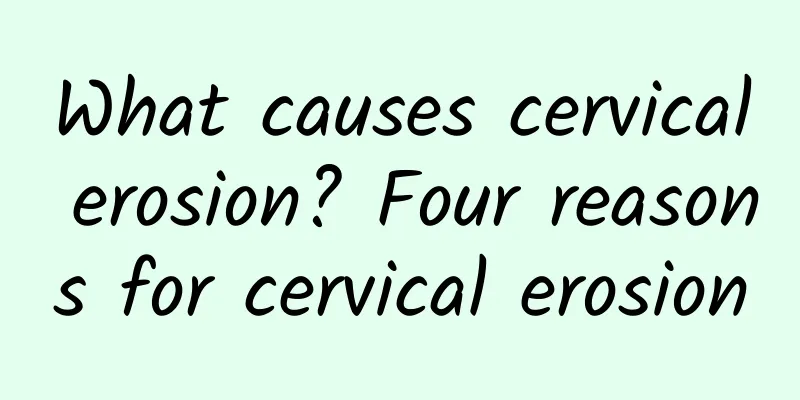Cervical hypertrophy infertility examination

|
Cervical hypertrophy may lead to infertility, which is mainly related to cervical inflammation, endocrine disorders or abnormal cervical structure. The diagnosis can be confirmed through gynecological examination, cervical smear, B-ultrasound and other means. Treatment includes drug therapy, physical therapy and surgical treatment. 1. Common causes of cervical hypertrophy Cervical hypertrophy may be related to chronic cervicitis, endocrine disorders, or abnormal cervical structure. Chronic cervicitis is usually caused by bacterial or viral infection, and long-term untreated will lead to cervical tissue hyperplasia. Endocrine disorders, such as abnormal estrogen levels, may also cause cervical hypertrophy. Congenital cervical dysplasia or scarring after cervical surgery may also cause cervical hypertrophy. 2. The relationship between cervical hypertrophy and infertility Cervical hypertrophy may affect the passage of sperm through the cervix into the uterus, thereby reducing the chance of conception. An enlarged cervix may cause abnormal cervical mucus secretion, affecting sperm survival and movement. Cervical inflammation may also trigger an immune response and produce anti-sperm antibodies, further hindering conception. 3. Methods for checking cervical hypertrophy A variety of examination methods are required to confirm cervical hypertrophy. Gynecological examination can initially determine the size and shape of the cervix. Cervical smear test helps to rule out cervical precancerous lesions or infection. B-ultrasound examination can more clearly observe the structure and thickness of the cervix. If necessary, the doctor may also recommend a cervical biopsy or hysteroscopy to clarify the cause. 4. Treatment of cervical hypertrophy Depending on the cause and condition, the treatment of cervical hypertrophy includes medication, physical therapy, and surgery. Medication is mainly aimed at inflammation or infection, such as antibiotics or antiviral drugs. Physical therapy includes methods such as laser, freezing, or electrocautery, which are suitable for patients with mild hypertrophy. For severe cases, cervical conization or cervical cerclage may be required. During treatment, patients should maintain good living habits and avoid excessive fatigue and emotional fluctuations. Although cervical hypertrophy may affect fertility, most patients can recover and improve their chances of pregnancy through timely examination and standardized treatment. It is recommended that women with related symptoms seek medical attention as soon as possible to identify the cause and receive targeted treatment. |
<<: How to treat cervical hypertrophy in women
>>: What should be checked for amenorrhea
Recommend
How to treat an invasive mole
How is an invasive mole treated? 1. Invasive mole...
How to use medicine for irregular menstruation? 3 Chinese medicine treatment methods for irregular menstruation
What medicine should I take for irregular menstru...
What are the main manifestations of prevention of cervical hypertrophy?
Cervical hypertrophy can be said to be very commo...
Vulvar skin discoloration alert female vulvar leukoplakia
Female vulvar leukoplakia is a stubborn and diffi...
How to eat to replenish nutrition after exercise? Soy milk + banana for bowel health
In fact, everyone can see my exercise habits. Som...
How can female friends prevent cervicitis
How can women prevent cervicitis? There are many ...
Uncovering the true face of cervical erosion, the truth is this!
In the early years, married women who underwent p...
What are the good methods for nursing patients with endometrial tuberculosis?
Although endometrial tuberculosis is divided into...
How to repair vulvar skin lesions after treating vulvar leukoplakia?
Patients with vulvar leukoplakia should all know ...
How to perform uterine fibroid surgery and what are the preventive measures for uterine fibroids?
Uterine fibroids are benign tumors formed by the ...
How to diagnose cervicitis? Through gynecological examination
The cervix is an important defense organ for wo...
How to regulate irregular menstruation in the 40s? Women with irregular menstruation can eat these to achieve good results
1. 20 jujubes, 10 grams of motherwort, 10 grams o...
How to treat endometrial tuberculosis?
The factors that lead to endometrial tuberculosis...
What are the symptoms of cervicitis
Cervicitis is a common disease among women of chi...
Is vaginitis treatment expensive?
Is the cost of vaginitis treatment high? In life,...









